Description:
Every day we inhale hundreds of fungal spores but these in healthy individuals are efficiently eliminated by specialist immune cells called phagocytes which engulf and kill them. However, some human illnesses interfere with this defence mechanism, increasing susceptibility to fungal diseases.
A specialist lung tissue called the epithelium is the first line of contact between the inhaled spores and us, the host. We are working to understand how the lung epithelium interacts with the spores of a common mould called Aspergillus fumigatus.
We have generated fluorescent Aspergillus and combined this with fungal and host specific dyes to directly visulaise this interaction. We have discovered that epithelial cells ingest fungal spores and kill them.
This might provide a critical defence mechanism which is acting while we breathe, and before even phagocytes arrive at the site of the infection.
We are now trying to work out how epithelial cells grab and ingest fungal spores, by using fluorescent fungal mutants and targeted elimination of host proteins.
Once we understand this process in detail we can design new therapies to assist a quicker elimination of the dangerous fungal spores we all inhale on a daily basis.
Dr Margherita Bertuzzi works in Dr Elaine Bignell’s lab at the University of Manchester
Medical and Patient education videos
-
Title
Description
-
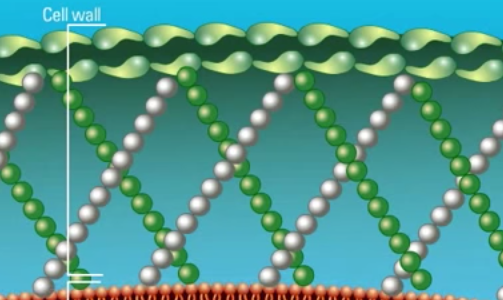
Fungi are eukaryotic organisms which possess a unique cell wall and cell membrane that can serve as targets for antifungal agents. Polyene antifungal agents such as Amphotericin B target the fungal cell membrane. Watch this animation for more information.
-

Fungi are eukaryotic organisms and are not related to bacteria. As eukaryotes, they contain membrane bound organelles and possess a cell membrane surrounded by a rigid cell wall. Watch this animation for more information on the unique structural properties of fungi.
-
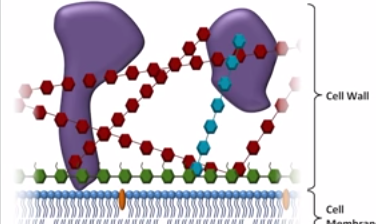
A review of antifungals, focusing on amphotericin B, azoles, and echinocandins. Structure, mechanism, spectrum of antifungal activity, common clinical uses, and common side effects/toxicities are all discussed. (April 2015)
-
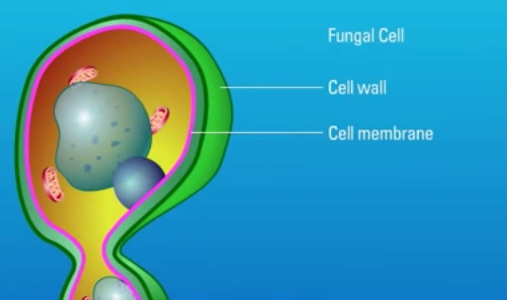
Fungi are eukaryotic organisms which possess a unique cell wall and cell membrane that can serve as targets for antifungal agents. Polyene antifungal agents such as Amphotericin B target the fungal cell membrane.
-
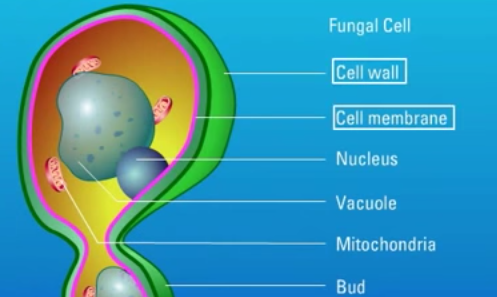
Fungi are eukaryotic organisms which possess a unique cell wall and cell membrane that can serve as targets for antifungal agents. Polyene antifungal agents such as Amphotericin B target the fungal cell membrane.
-
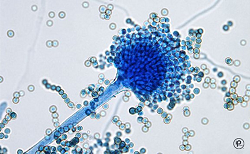
Healthy Buildings 2015 Europe – Eindhoven, The Netherlands
-

Healthy Buildings 2015 Europe – Eindhoven, The Netherlands
-

Healthy Buildings 2015 Europe – Eindhoven, The Netherlands
